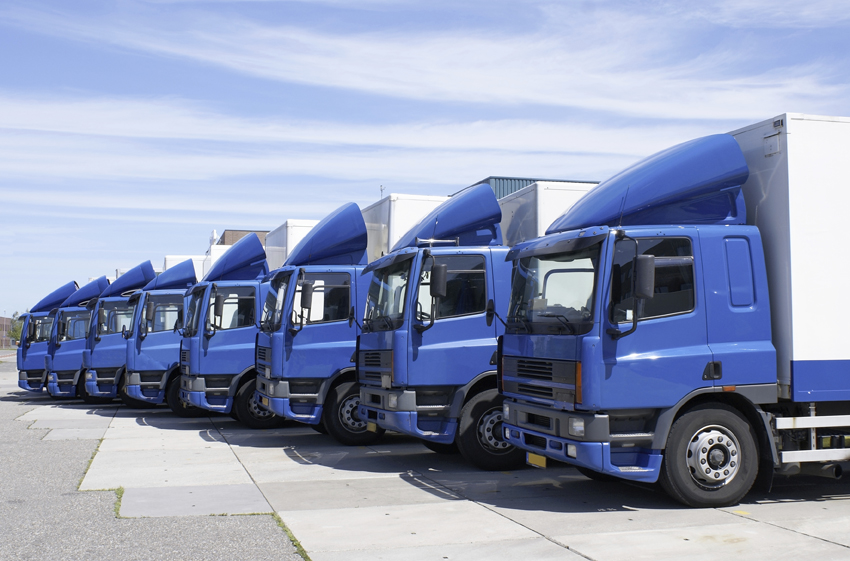According to a recent report released by the Majlis Research Center, around 543.6 million tons of cargo were transported in Iran via land routes during the fiscal 2015-16, of which 93.5% and 6.5% were carried via road and rail respectively.
This is while the amount of cargo transported through the country in 2014-15 amounted to 577.9 million tons, 94% of which pertained to road and the rest to rail transport.
The overall amount of goods transported in 2015-16 experienced a 6% decline compared with the year before. This, as the reports added, has to do with the country’s economic situation during the two year, as domestic production of goods as well as the amount of imports both decreased over the period.
According to Minister of Roads and Urban Development Abbas Akhoundi, cheap fuel prices in Iran, costing less than 10% of the global average, are the main reason for the popularity of road transportation, which is responsible for the high number of road accidents and casualties, as well as rising air pollution.
During 2015-16, around 360 million tons, or 70.9% of the total amount of goods transported via road (508 million tons), had waybills and the rest (148 million tons or 30.1%) did not.
A waybill is a document issued by a carrier giving details and instructions related to the shipment of a consignment of goods. Typically, it will show the names of the consignor and consignee, the point of origin of the consignment, its destination, and route.
Major Share of Private Sector
Over the same year, the private sector accounted for 92% of the land transportation of goods and cooperatives for close to 8% while the public sector had a meager share of the sum.
In 2014-15, the shares were 88%, 8% and 4% for the private, cooperatives and public sectors respectively.
The transported goods were listed under nine main categories of mineral and construction materials, agricultural products and livestock, chemicals, steel, light industrial products, machinery, paper and wood, leather and apparel.
Decline in Number of Trucks
More than 353,400 trucks carried out road transportation in 2015-16. The figure for the previous year stood at 422,870, registering a 16.5% fall.
The average age of Iran’s road transportation fleet stood at 16.11 years, which is much higher in comparison with Europe’s average age of five years and the global average of 10 years.
The high average age of the transportation fleet increases the risk of road accidents as well as fuel consumption. It also decreases the safety of road transportation.
In the same year, 82.2% of the trucks active in the fleet were owned by the drivers themselves, 7.6% were owned by an individual other than the driver, 6% were co-owned and only 4.2% were owned by transportation agencies and companies.
The high percentage of trucks owned by drivers increases the idle time of vehicles, causes indiscipline in transportation and decreases productivity. This can be solved by founding more transportation companies, which will put the trucks they own into better use round the clock.
Decline in Truck Trips
On the whole, 25.74 million trips were made by these trucks in 2015-16, about 7.1 million (28%) of which were intra-provincial and 18.64 million (72%) were interprovincial.
In 2014-15, 27.33 million trips were made by land transportation fleet, of which 7.88 million (29%) were intra-provincial and 19.45 million (71%) were interprovincial.
As such, the number of trips experienced a 6% decline over the period.
Therefore, each truck traveled 73 times on average in 2015-16 while the figure for the previous year amounted to 65 trips.
The average distance covered by each truck in each travel was 499 kilometers. The figure in intra-provincial and interprovincial travels amounted to 141 kilometers and 643 kilometers respectively.
The parliamentary report used figures released by the Islamic Republic of Iran Road Maintenance and Transportation Organization, and Iran Transportation and Urban Development Comprehensive Statistical Yearbook (2014-16).
The Iranian government has placed expansion of Iran’s rail network on top of its agenda. Iran’s Sixth Five-Year Development Plan (2017-22) has tasked the government with increasing the share of rail in cargo and passenger transportation from the current 12% and 8% to a minimum of 30% and 20% respectively by the end of the plan.
The roads minister said that to arrive at this goal, some $28 billion worth of investments are needed.


